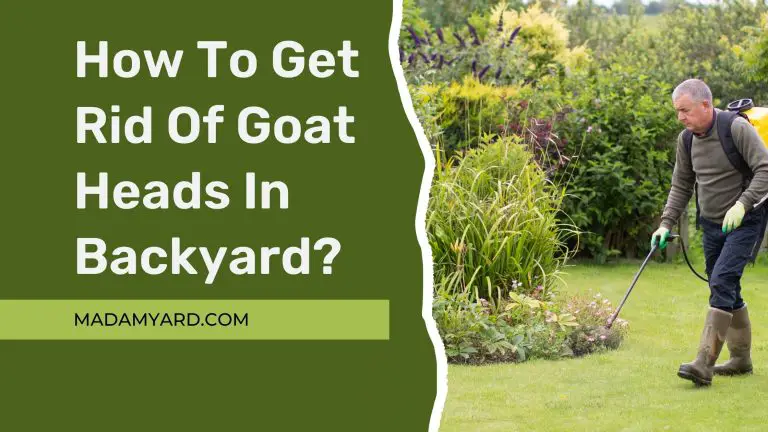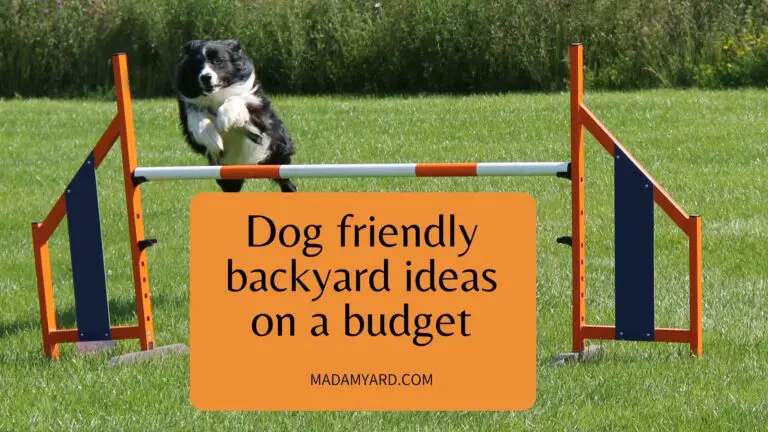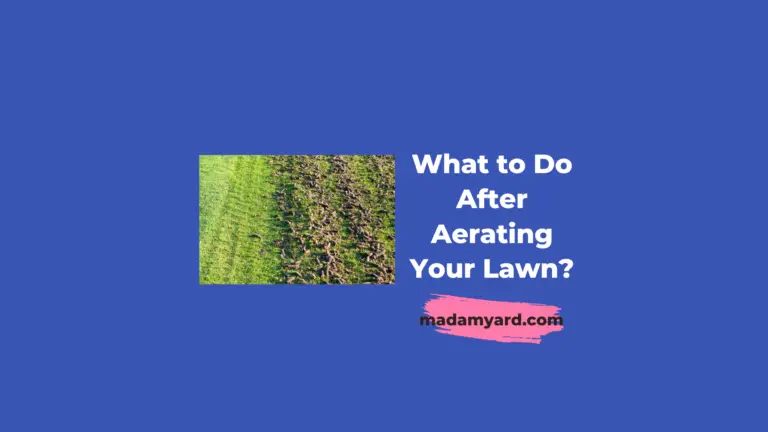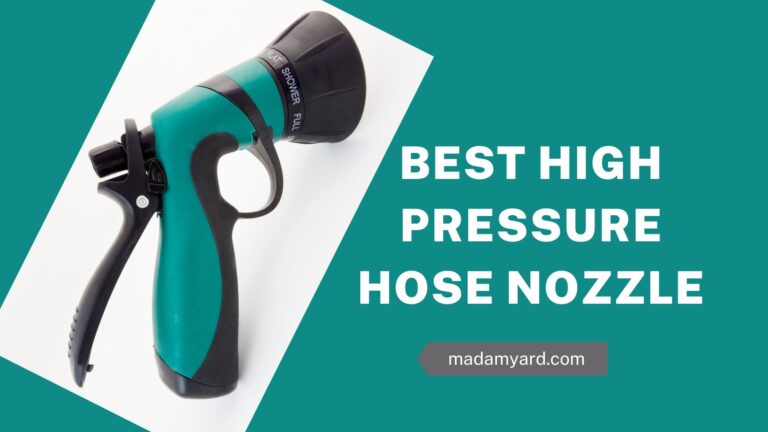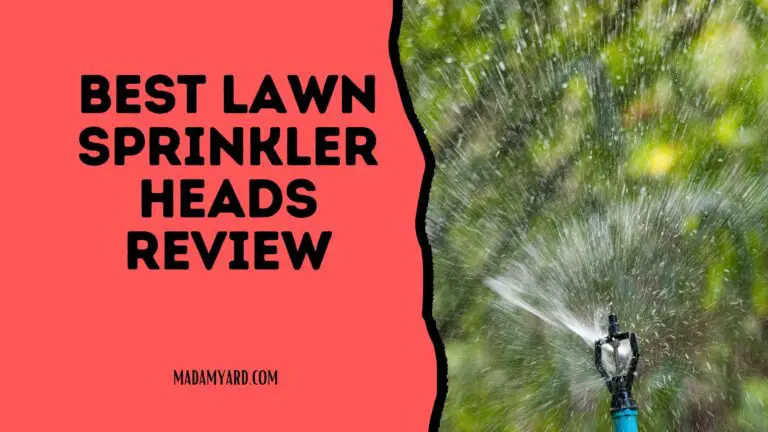How To Keep An Inflatable Pool From Killing The Grass?
We were battling with our inflatable pool, destroying the grass we had for quite a long time. After a few weeks of trying various options, I have discovered the most effective methods to prevent the inflatable pool from destroying your lawn.
To prevent the inflatable pool from ruining your lawn, it is recommended to move the pool once a day or every two. If your pool becomes too huge to proceed, you could consider placing it on a deck or patio.
The grass is covered for longer than 24 hours can result in the grass going dormant. In the next two weeks and the grass will die completely.
There are many ways to revive dormant grass to its original state without much effort. If your grass has gone dormant completely, there is more work to fix it. Here are some suggestions to keep your grass green and improve it if damaged.
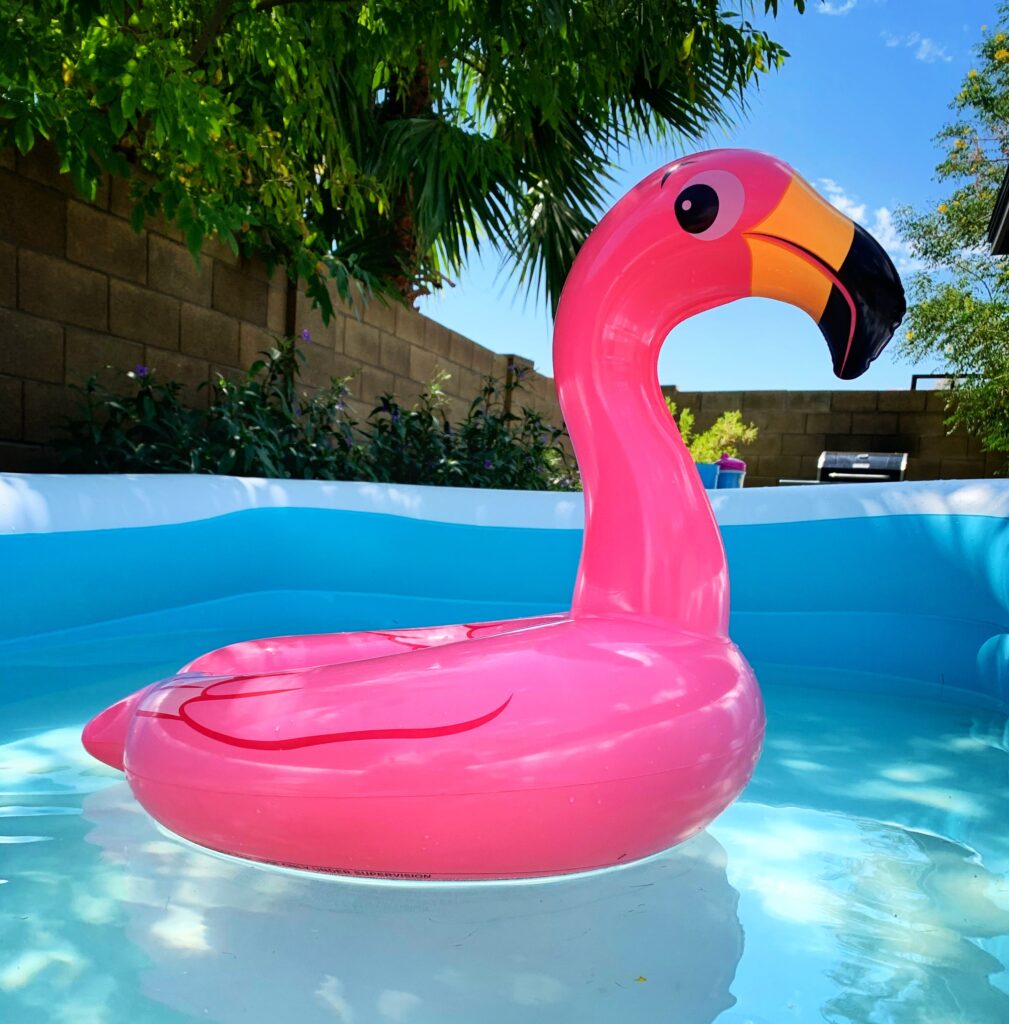
Will An Inflatable Pool Kill The Grass?
Yes, inflatable pools will kill grass if left for more than two weeks. Inflatable pools block out the sun and will suffocate grass underneath the water. In most cases, after a day or two, the grass will fall dormant and change to a brown-tan color. Static grass can be treated and grow back, and dead grass spots have to be planted again.
Certain grass varieties perform better after being covered, such as Bermuda grass. Certain grass species like bentgrass will die faster. Here are some of the most popular grass varieties that are found in America:
- Wheat Grass
- Kentucky Bluegrass
- Bermuda Grass
- Zoysia Grass
- Rye Grass
- Bent Grass
- Carpet Grass
But, it doesn’t matter what kind of grass you’ve got. Covering it for extended times will destroy it. Suppose any grass is not getting enough oxygen and sunlight and oxygen. I
n that case, it goes into dormancy to attempt to protect it for some time. After a few weeks, the grass will go away, and the grass or roots will start to decay.
How To Keep An Inflatable Pool From Killing The Grass?
There aren’t many ways to prevent an inflatable pool from destroying your lawn. If you’re planning to install an inflatable pool on your property, it could likely cause harm in the way. Here are a few points to take into consideration.
Move The Pool Every Day
One option is to move the pool daily or every two days. This could be a massive problem for pools of medium size and is not feasible for bigger inflatable pools. For smaller pools for kids, it is the best option.
There will be cleaning and changing the water every day, so why not drain and hang the pool dry out after each use.
Avoid Setting Up On Grass
This is the perfect method for more extensive and medium-sized inflatable pools, cleaned using chlorine and pH-balancing chemicals. The majority of the collections are too big to transport without emptying them. If you’re keeping the pool clean with chemicals, there’s no reason to drain the pool in the first place.
To prevent your lawn from becoming a dumping ground to avoid destroying your yard, find a place such as a deck, porch, or patio you can put your pool instead. You can also consider raking out the sand layer to put the collection on and then ultimately take the grass off that location.
Repair The Grass After The Pool Is Taken Down
If you’re unable to move the pool each day or two days, and you don’t want to cover your lawn to place the pool, you’ll have to replace the grass each year.
Some people aren’t worried about performing this task because it’s not easy once you grasp it. I’m not a fan of this since I’d prefer to skip the hassle.
How To Repair Yard After Using An Inflatable Pool?
You may find yourself in two scenarios. The grass might be inactive, or the grass has died, and the roots are rotting and dying. Most grasses will be dormant for a minimum of two weeks, and it is difficult to discern the difference between dormant and dead.
Repair Dormant Grass
Here are the steps you can take to get the grass back to life after it has been covered for less than two weeks. Depending on the time grass was covered, certain areas might have a slight death and require more time or reseeding to return.
1. Water
This is the most crucial step. The grass is deficient in oxygen and water, which causes it to become dormant. Now, give it lots of these if you can soak the soil to the point that it’s moist to several inches deep, and you’re off to an excellent start.
2. Pull Weeds
Do not let the weeds get control. This is particularly vital at the beginning of the season. You must thoroughly weed the area using the weed puller and continue to water it every day. The weeds deprive your grass of nutrients that it requires to turn green and begin to grow once more.
3. Mow The Grass
This may appear obvious, but many think they must let their grass get taller to ensure its roots have been taken before mowing. This isn’t necessary and could hurt grass growth. Mow the area in the same way you usually do.
4. Reduce Foot Traffic
Make yourself an older man. Put ‘stay away from grass’ warning sign and shout at the kids who go close to it. In all seriousness, try to limit foot traffic to the affected area to a minimum. The grass will require more attention and love when emerging from its dormant state.
5. Fertilize
I’m adding this section to state, don’t fertilize your lawn with a fertilizer sold in stores, like nitrogen. Keep the grass clippings in the property for natural fertilization of your grass while it develops.
Repair Dead Grass
Do not be concerned if you remove your inflatable pool only to discover that you have killed your lawn.
The steps for mending dead grass are fairly identical to those for repairing dormant grass, with the exception of introducing new seeds. Because the grass is dead and will never grow again, you will need to reseed the area. Here are the steps:
- Water
- Pull Weeds
- Mow the grass
- Reduce foot traffic
- Fertilize: Using store-bought compost or organic matter, lawn food, or turf builder will help your lawn thrive
- Spread seed over the area
Will Pool Water Kill The Grass?
The water from your pool won’t kill the grass in your backyard. The water in your pool should not have enough chlorine or pH-balancing chemicals to cause damage to any grass. Chlorine chemicals kill most grass species, but it’s safe to splash onto the grass when diluted in water.
Most inflatable pool water is safe to splash in the backyard, and many flowers or plants will be okay with it, in the case of untreated water, which is often used in smaller inflatable pools.
There aren’t any risks whatsoever. The issue is for sanitized pool water that has been treated with the chemical. However, there’s no reason to worry since the substances are dilute.
What To Put Under Inflatable Pool On Grass?
1. Ground cloths for above ground pool
It protects the bottom of the pool from potential punctures by rocks, twigs, and other items. However, some ground cloth is too thin to provide good protection.
2. Interlocking Foam Tiles
Under your feet, they will feel great, thanks to the thick padding. The bottom of the pool will feel smooth if you place it on a level surface.
Despite being relatively easy to cut, they are lightweight and easy to handle.
3. Old Carpet
You can get this option for free if you have an old carpet. Simply place the plush side of the carpet under the pool. Stones and pebbles could rip the liner, but the carpet provides sufficient protection against such things, but it does not provide the same degree of softness as foam tiles.
4. Tarp
You can use a large tarp to help protect the grass.
5. Pool pad
Another solution to protect the grass when using an inflatable pool is a pool pad. They come in different sizes (precut to the pool size), so, will save your time for installation
In Summary
Setting up an inflatable pool on a driveway, deck, or porch with some cushioning below to protect your children’s feet and knees is the easiest approach to preserve your grass from an inflatable pool. However, we recognise that this isn’t always an option and isn’t always the best option.
If your pool is on grass, you will need to relocate it every 12 to 24 hours during the summer months to protect the grass underneath.
We recommend purchasing a smaller inflatable pool so that you may simply transfer it to a different location each day.
When you remove an inflatable pool and discover dead or dormant grass, you have a few options for regrowing grass. Using an inflatable pool for a prolonged period of time can kill your grass, which is why you should try to prevent suffocating it with air, water, and sunlight.

